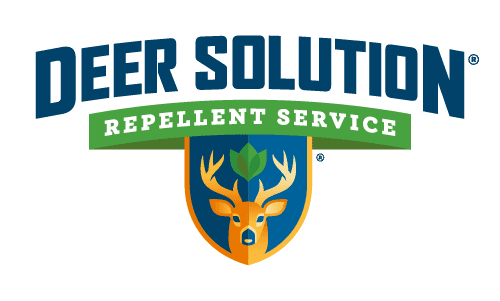Suffolk County, NJ, farmers are facing an unprecedented challenge that is silently decimating crops and straining livelihoods. The root of this turmoil? An overabundant deer population that has transformed from a charming aspect of local wildlife into a formidable adversary for agriculture.
The Agricultural Plight: A Closer Look
Suffolk County’s fertile lands, a cornerstone of New Jersey’s robust agricultural sector, are under siege by white-tailed deer. These animals, whose numbers have surged to alarming densities in certain areas, are causing widespread damage to crops, leading to significant economic losses.
Farmers in the region report that deer are responsible for a staggering 70% of wildlife crop losses, a testament to the scale of the issue at hand.
Economic Repercussions: Beyond Crop Damage
The economic impact of deer damage in Suffolk County extends far beyond the fields. Farmers conservatively estimate annual losses amounting to $1.3 million, encompassing not only reduced yields but also hidden costs associated with deer management efforts.
These costs include labor for fence maintenance, deer repellents, and the emotional toll on farmers who, out of necessity, become nocturnal guardians of their fields.

Community and Legislative Response: Seeking Solutions
The community, along with state legislators and agricultural experts, is actively seeking solutions to mitigate the deer problem. Initiatives such as community-based deer management programs, cost-sharing for deer fencing, and venison donation programs like Hunters Helping the Hungry are steps in the right direction.
However, the decline in hunting participation and suburbanization’s impact on available habitats pose ongoing challenges.
Social and Community Impact: Beyond the Farms
The impact of deer overpopulation extends into the social fabric of Suffolk County. Farmers, who are integral members of the local community, face not only financial losses but also emotional and physical tolls. The issue of deer damage has sparked a dialogue within the community, bringing together various stakeholders to find viable solutions.
Programs like Hunters Helping the Hungry, which facilitate venison donation to local food banks, exemplify the potential for community-oriented approaches to address both deer management and social welfare.
Policy and Management: Seeking Effective Solutions
The challenge of managing deer populations in Suffolk County calls for innovative policy and management solutions. Current initiatives, such as community-based deer management programs and cost-sharing for fencing, represent steps in the right direction.
However, the decline in hunting participation and challenges related to suburban development highlight the need for adaptive management strategies that can effectively reduce deer densities while ensuring ethical and humane treatment of wildlife.
Looking Ahead: A Multifaceted Approach
As Suffolk County looks to the future, a multifaceted approach to deer management is essential. This approach should integrate ecological considerations, economic support for farmers, community engagement, and effective policy frameworks.
By fostering collaboration among stakeholders and leveraging scientific research and innovative management practices, Suffolk County can work towards a sustainable coexistence with deer, safeguarding its agricultural heritage and ecological diversity for future generations.
Future Outlook: A Balancing Act
As Suffolk County and the broader New Jersey agricultural community grapple with this issue, the path forward involves a delicate balance. Efforts to manage the deer population must consider ecological integrity, the economic viability of farming, and the well-being of the community.
Ongoing research and policy development are critical to devising effective strategies that address the multifaceted nature of deer damage.










